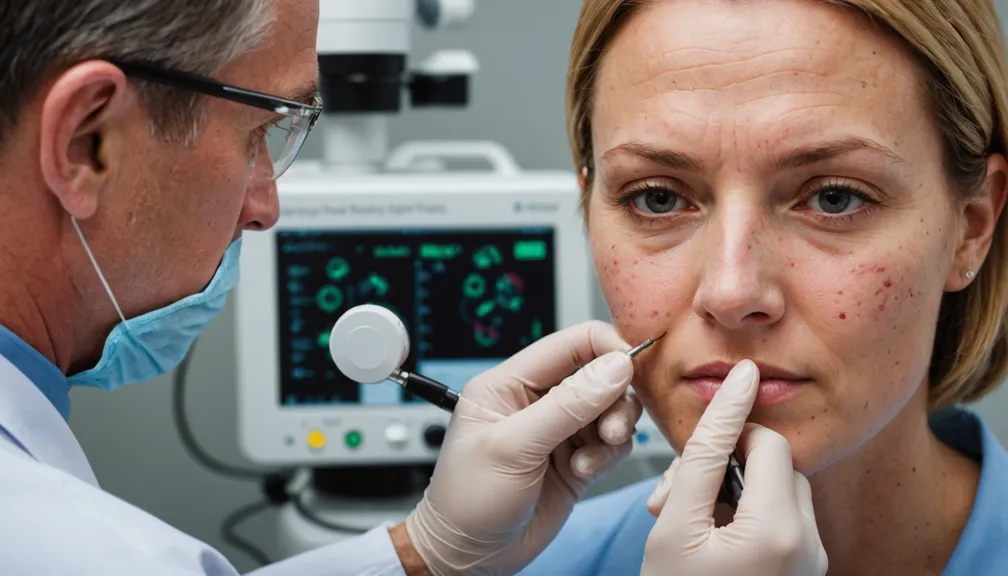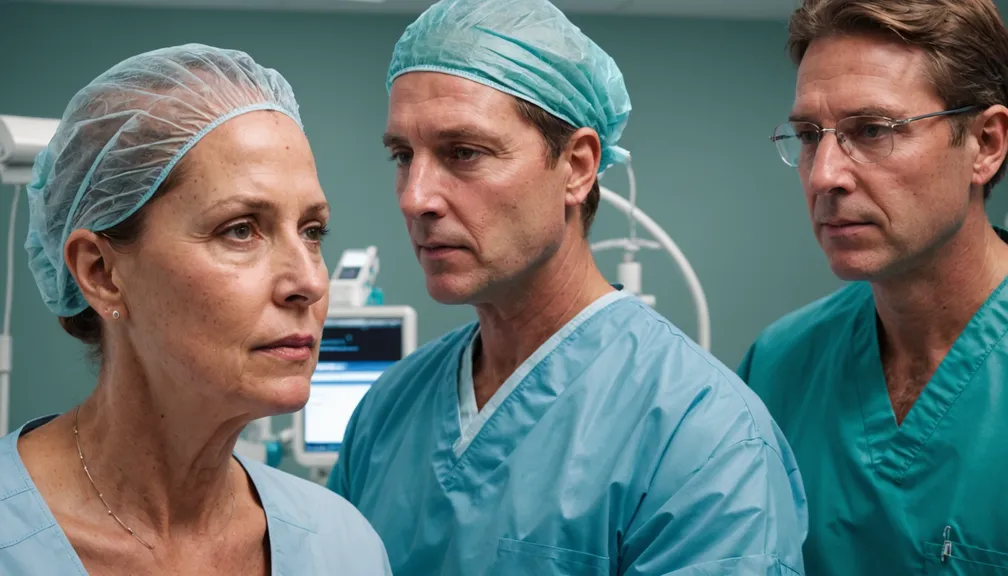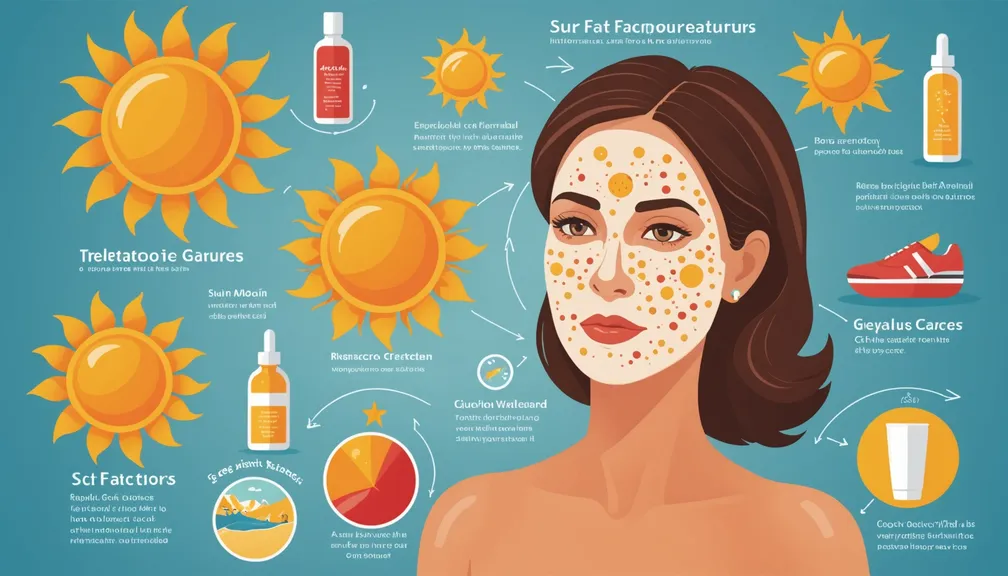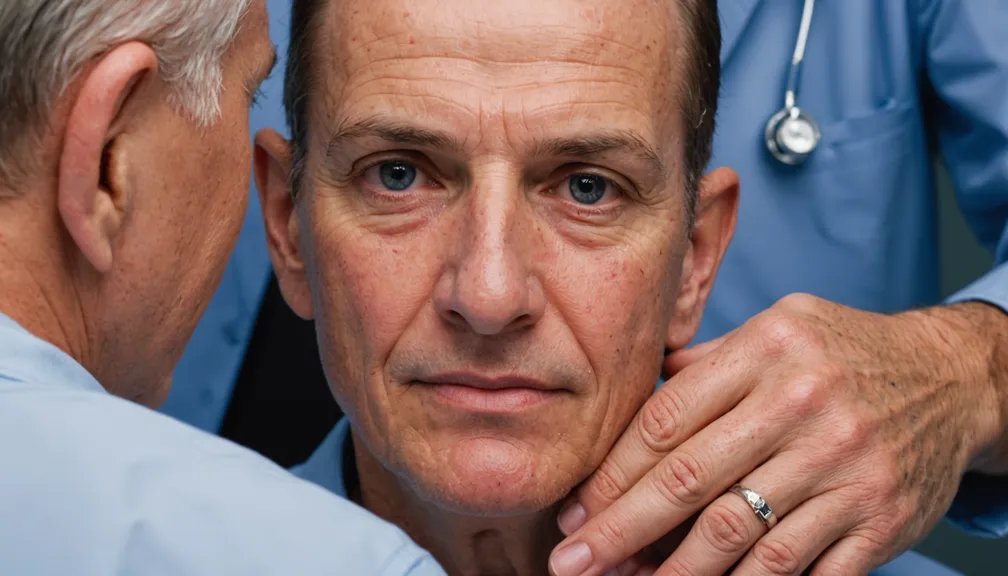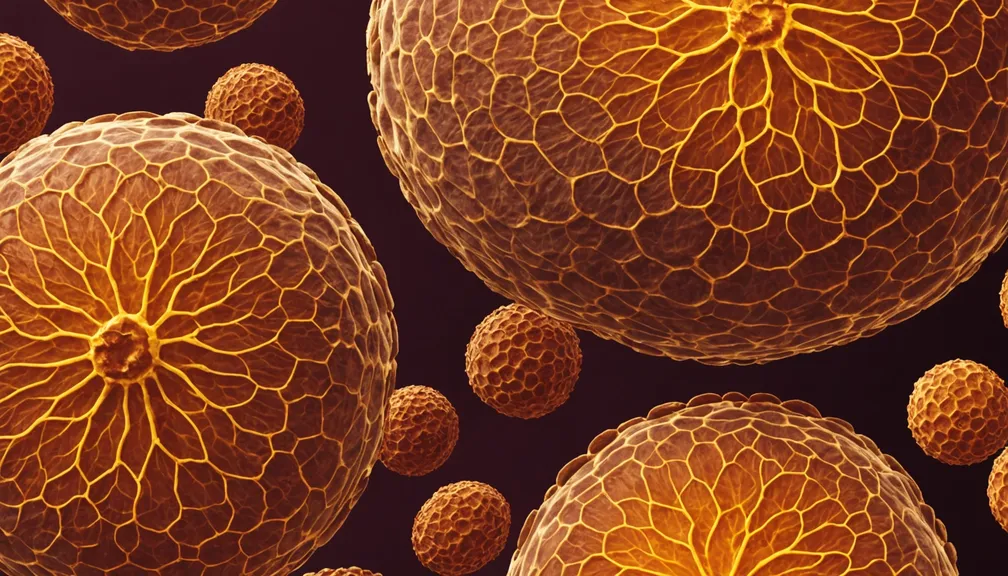Identifying Rare Skin Cancers: Signs and Symptoms
Understanding the signs and symptoms of rare skin cancers is crucial for early detection and effective treatment. This lesson will help you recognize the key indicators of these uncommon skin malignancies.
Types of Rare Skin Cancers
While more common skin cancers like basal cell carcinoma and melanoma are widely recognized, several rare types also require attention. Here are some of the primary rare skin cancers:
Merkel Cell Carcinoma
- Description: A highly aggressive cancer originating from Merkel cells in the skin.
- Common Locations: Typically appears on sun-exposed areas such as the face, neck, and arms.
Dermatofibrosarcoma Protuberans (DFSP)
- Description: A slow-growing cancer that starts in the deep layers of the skin.
- Common Locations: Often found on the trunk, arms, and legs.
Sebaceous Carcinoma
- Description: A cancer that arises from sebaceous glands, which produce oil for the skin.
- Common Locations: Frequently occurs around the eyes and eyelids.
Appendageal Carcinomas
- Description: Cancers that develop from skin appendages like sweat glands and hair follicles.
- Common Locations: Can appear anywhere on the skin but are most common on the head and neck.
Signs and Symptoms
Recognizing the signs and symptoms of rare skin cancers can lead to prompt medical evaluation and treatment.
General Signs to Watch For
- New Growths or Bumps: Appearance of a new lump or growth on the skin.
- Changes in Existing Moles: Any change in size, shape, color, or texture of a mole.
- Non-healing Sores: Ulcers or sores that do not heal over time.
- Redness or Swelling: Persistent redness or swelling without an obvious cause.
- Pain or Itching: Unexplained pain, tenderness, or itching in a specific area.
Specific Symptoms by Cancer Type
Merkel Cell Carcinoma
- Painless Nodule: A firm, painless lump that is typically red or blue.
- Rapid Growth: The lump may grow quickly over a few weeks or months.
- Skin Changes: May cause changes in the overlying skin, such as swelling or ulceration.
Dermatofibrosarcoma Protuberans (DFSP)
- Firm, Raised Lesion: A slow-growing, firm, raised area that may become nodular.
- Color Variation: Can range from pink to purple or skin-colored.
- Minimal Symptoms: Often painless unless it grows large enough to cause discomfort.
Sebaceous Carcinoma
- Lump Near Eyes: A painless lump or swelling near the eyelids or eyebrows.
- Redness and Irritation: May cause redness, irritation, or discharge from the eye.
- Vision Changes: In some cases, vision may be affected if the tumor grows near the eye.
Appendageal Carcinomas
- Localized Lesion: A localized growth that may mimic benign skin conditions.
- Varied Appearance: Can appear as cysts, nodules, or ulcerated lesions.
- Slow to Rapid Growth: Growth rate can vary depending on the specific type.
Risk Factors
Understanding the risk factors can help identify individuals who may be more susceptible to rare skin cancers.
- UV Exposure: Prolonged exposure to ultraviolet (UV) radiation from the sun or tanning beds.
- Immunosuppression: Weakened immune system due to medical conditions or medications.
- Age: Higher risk in older adults, though some rare skin cancers can occur at any age.
- Genetic Factors: Family history of skin cancer or genetic predispositions.
- Previous Skin Cancers: History of other skin cancers increases the risk.
Early Detection
Early detection significantly improves the prognosis of rare skin cancers. Here are steps you can take:
Regular Skin Self-Examinations
- Frequency: Perform a self-exam monthly.
- Process:
- Mirror Use: Use a full-length mirror and a hand mirror to examine all skin areas.
- Check Patterns: Look for any new growths, changes in existing moles, or unusual marks.
- Note Changes: Pay attention to changes in size, shape, color, or texture.
Professional Screenings
- Routine Check-ups: Schedule regular skin examinations with a healthcare professional, especially if you are at higher risk.
- Dermatologist Visits: Consider annual visits to a dermatologist for a comprehensive skin evaluation.
Diagnosis
If you notice any suspicious signs or symptoms, seeking medical evaluation is essential.
What to Expect During Diagnosis
- Medical History Review: Your doctor will ask about your medical history and any changes in your skin.
- Physical Examination: A thorough examination of the affected area.
- Biopsy: A sample of the suspicious skin tissue will be taken for laboratory analysis to confirm the diagnosis.
- Imaging Tests: In some cases, imaging studies like CT scans or MRIs may be required to assess the extent of the cancer.
Treatment Options
Treatment depends on the type and stage of the rare skin cancer.
- Surgery: The primary treatment for most rare skin cancers involves surgical removal of the tumor with clear margins.
- Radiation Therapy: May be used post-surgery to eliminate any remaining cancer cells.
- Chemotherapy: Utilized in advanced cases or when the cancer has spread to other parts of the body.
- Targeted Therapy: Involves medications that specifically target cancer cells without affecting normal cells.
- Immunotherapy: Uses the body's immune system to fight cancer more effectively.
Supporting Healthcare Professionals
Managing rare skin cancers often requires a multidisciplinary approach. Here are the types of healthcare professionals who can assist:
- Dermatologist: A specialist in skin conditions who can perform evaluations and biopsies.
- Oncologist: A cancer specialist who oversees overall treatment plans, including chemotherapy and radiation therapy.
- Surgeon: A surgical specialist who removes tumors and performs reconstructive surgeries if necessary.
- Radiologist: A medical professional who interprets imaging studies to determine the extent of cancer spread.
- Pathologist: A specialist who examines biopsy samples to confirm the diagnosis.
- Nurse Navigator: Provides support and coordinates care among different healthcare providers.
- Psychologist or Counselor: Offers emotional support to patients and their families during treatment.
By recognizing the signs and symptoms of rare skin cancers and seeking timely medical attention, you can greatly improve the chances of successful treatment and recovery. Always consult with healthcare professionals if you have concerns about any changes in your skin.


